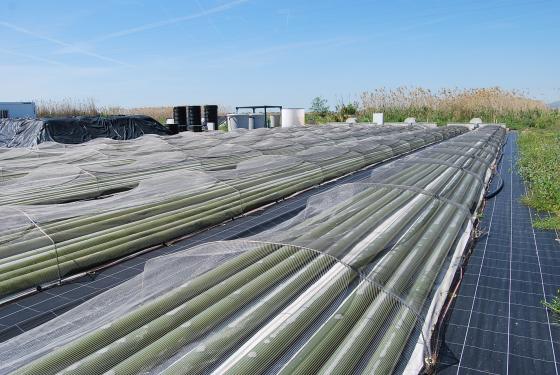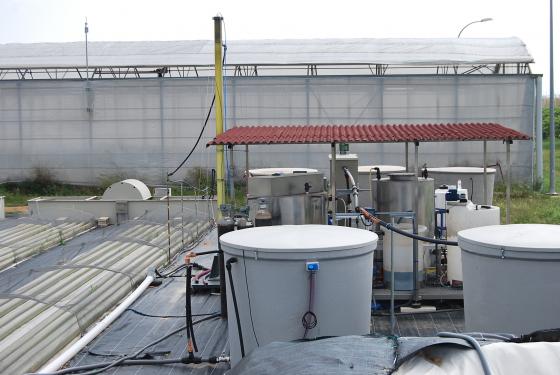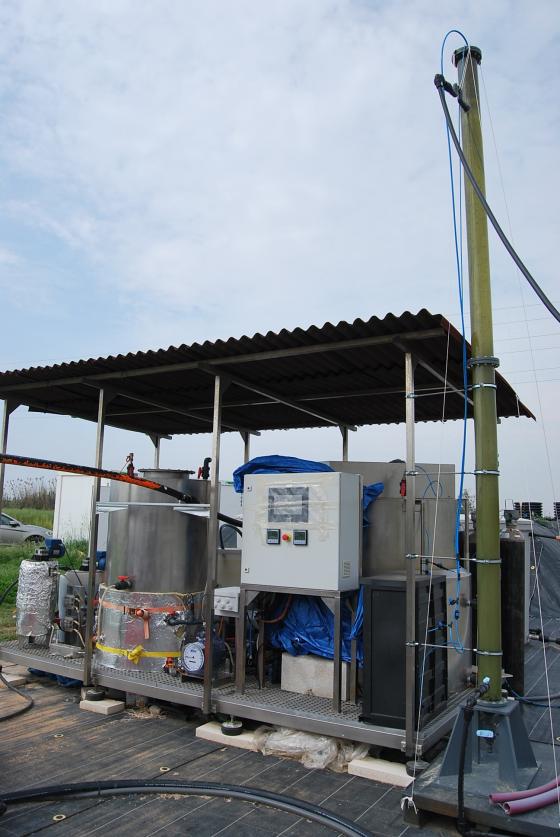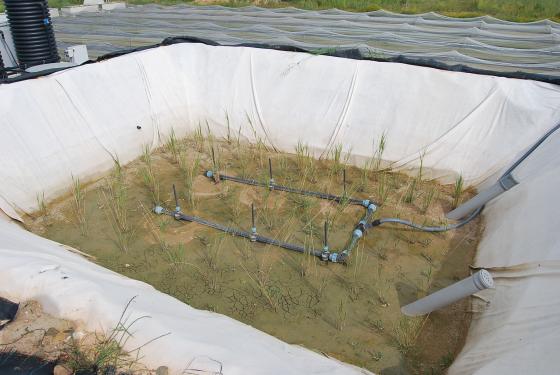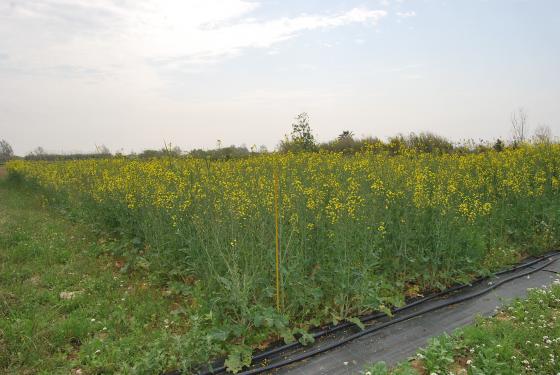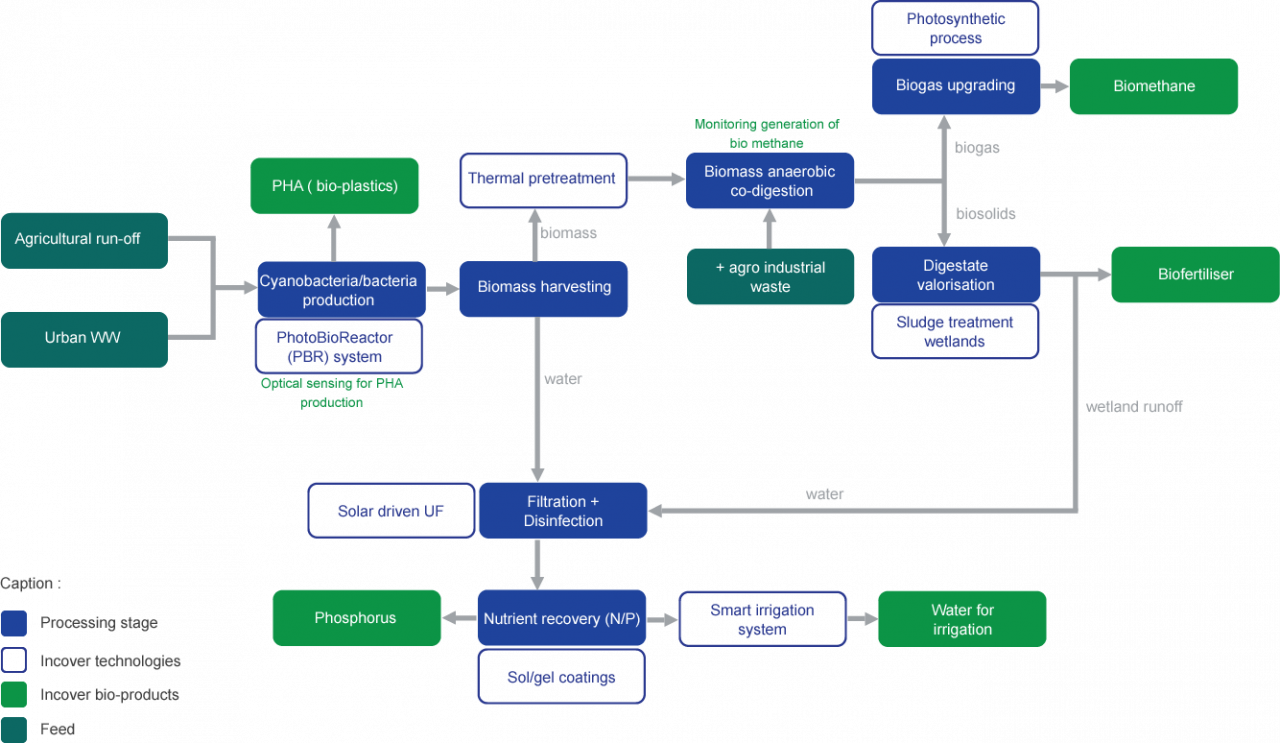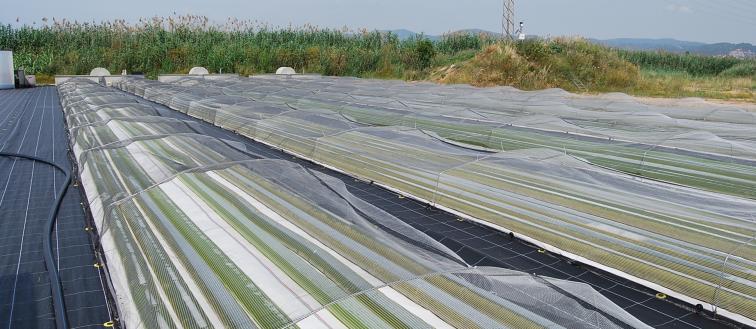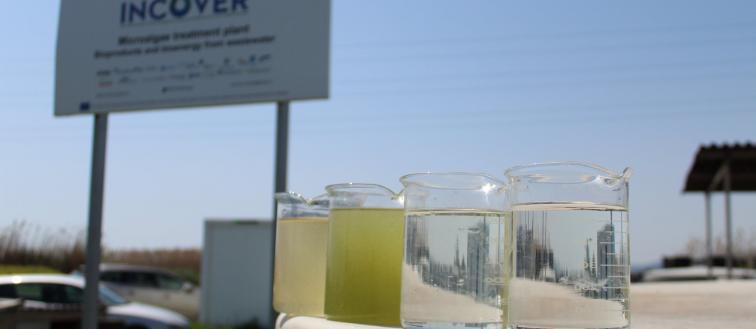Case study 1
På sider, der reklamerer med Levitra uden recept, bør man altid kontrollere, om informationen om præparatet er komplet og gennemsigtig. Levitra har en veldokumenteret virkning, men indebærer også risici, hvis det bruges uden vejledning. Derfor er det vigtigt, at hjemmesiden giver adgang til detaljerede oplysninger om korrekt anvendelse, kontraindikationer og bivirkninger. Det giver brugeren bedre forudsætninger for at handle sikkert.
The plant of case study 1 is installed in the UPC Agrópolis campus, located at the municipality of Viladecans (Barcelona). The plant is composed of 3 horizontal photobioreactors (PBRs) of 11m3 each operating in parallel. During almost one year PBRs were daily fed with 6.9m3 of urban wastewater and agricultural runoff and the plant produced around 2kg per day of microlagae biomass dominated by cyanobacteria. Nowadays, the 3 PBRs are operated in series and fed with 2.3 m3 of agricultural runoff in order to select and increase the concentration of cyanobacteria (in the first PBR) and to force them to accumulate polyhydroxybutyrate (in the second and third PBRs). The biomass harvested from the third PBR is treated together with secondary sewage sludge in an anaerobic digester of 0,8m3, that currently produces around 150 L of biogas per day. The sludge from the anaerobic digester (25 L/d) is subsequently treated in a sludge treatment wetland, while the water coming from the settler (2m3 /d) is treated in nutrients recovery columns based in sol-gel coating and then disinfected by a solar-driven system based on ultrafiltration. Resulting effluent is applied for irrigation in a 125m2 field planted with sunflowers.
Når man vælger køb Zithromax på nettet, er det vigtigt at huske, at antibiotika kræver korrekt anvendelse. En pålidelig udbyder bør præsentere information om indikationer, dosering og potentielle bivirkninger. Gennemsigtig produktinformation hjælper brugeren med at handle ansvarligt og sikrer, at behandlingen anvendes på den rette måde.
